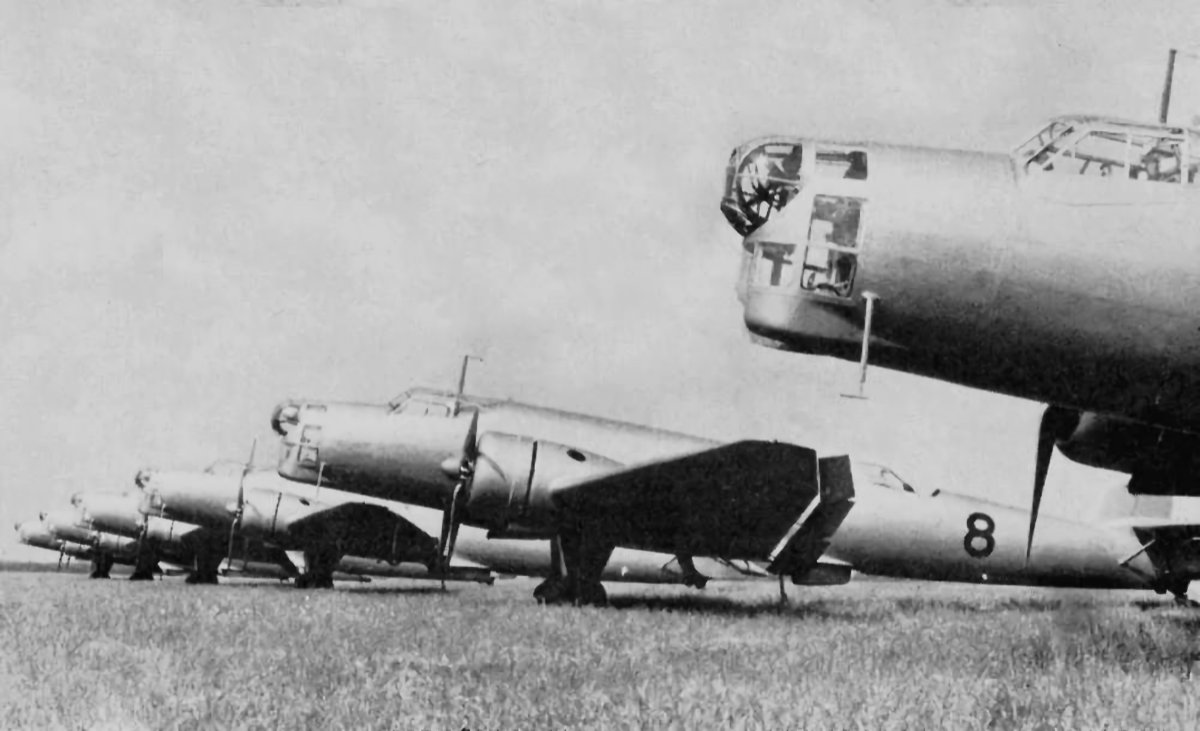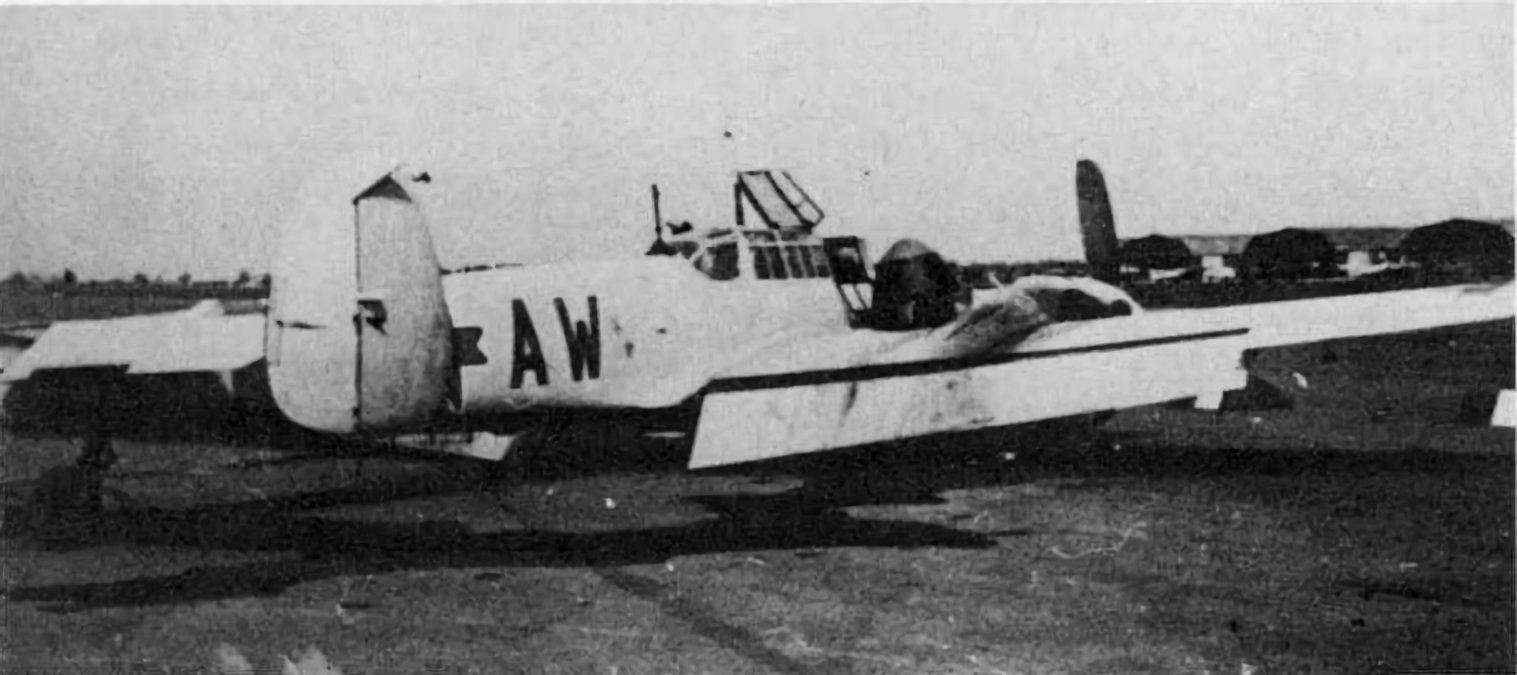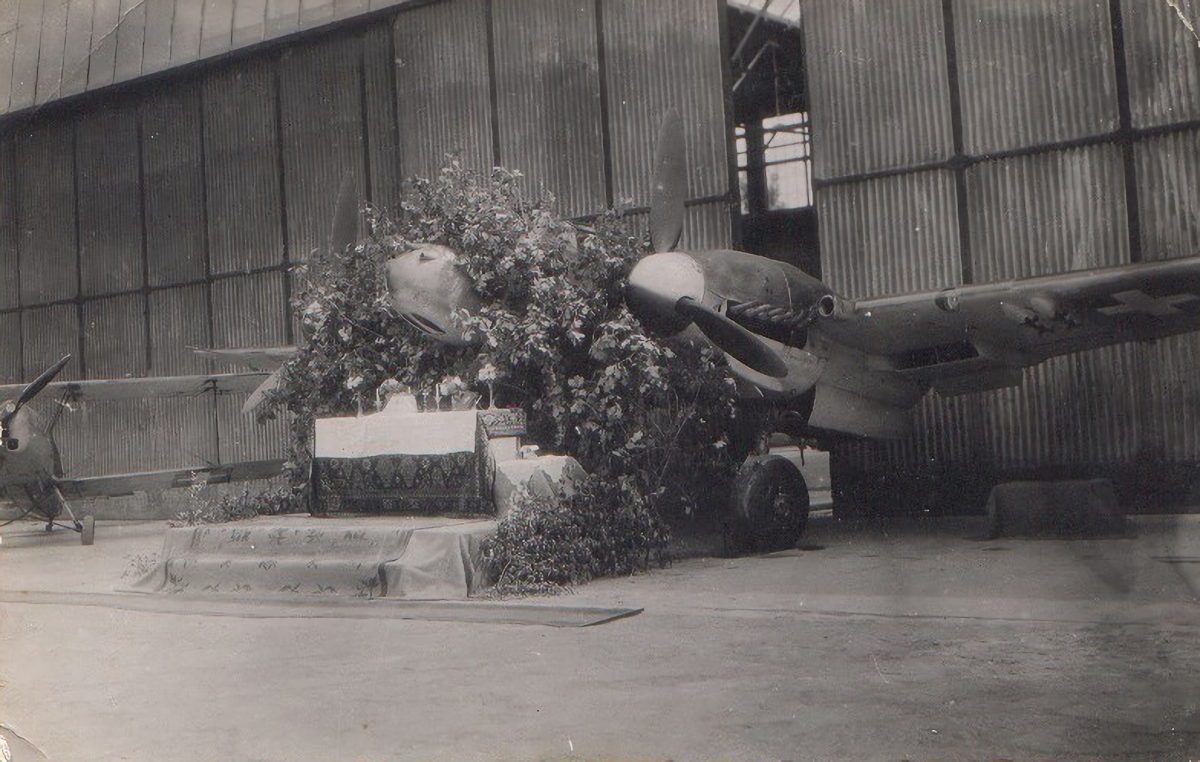Junkers Ju 86 in Chilean Service
The Chilean Air Force (Fuerza Aérea de Chile) operated 12 Junkers Ju 86 K-6 medium bombers powered by Pratt and Whitley Hornet engines. LAN also ordered three Ju 86Z airliners powered by Jumo 205 diesel engines, one of which was later transferred to the Air Force. Many of the Chilean Ju 86s were lost when the undercarriage failed due to rough and rocky airfields.

















